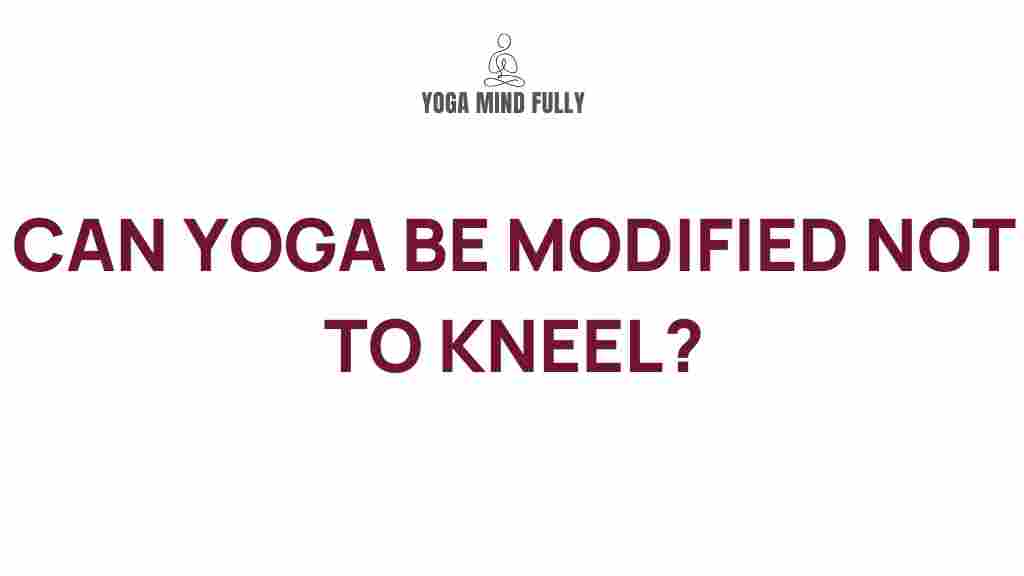Unlocking the Secrets of Yoga
Yoga is more than just a fitness routine; it is a holistic approach to achieving balance in mind, body, and spirit. For centuries, people have turned to yoga to improve flexibility, reduce stress, and foster mental clarity. What makes yoga truly unique is its adaptability—whether you’re a beginner or a seasoned practitioner, yoga offers something for everyone.
In this article, we’ll explore the secrets behind adaptable yoga practices, focusing on how you can customize your yoga routine to suit your personal needs and goals.
What Is Yoga and Why Is It Adaptable?
At its core, yoga is a practice that connects movement, breath, and mindfulness. Its adaptability lies in its versatility—yoga can be tailored to your physical condition, emotional state, and time availability. Whether you’re looking for a gentle stretch, a vigorous workout, or a moment of meditation, yoga has you covered.
- Physical Adaptability: Adjust poses to match your flexibility and strength.
- Emotional Adaptability: Use yoga to manage stress or boost energy.
- Time Adaptability: Practice for five minutes or an hour—yoga fits into your schedule.
Step-by-Step Guide to Adapting Your Yoga Practice
1. Assess Your Needs and Goals
Before diving into a yoga routine, take time to assess your personal goals. Are you looking to enhance flexibility, relieve stress, or improve strength? Understanding your needs helps you choose the most effective yoga styles.
*Example*: If your goal is relaxation, restorative yoga might be the best choice. For fitness enthusiasts, power yoga or Ashtanga yoga could be ideal.
2. Choose the Right Style of Yoga
Yoga encompasses a variety of styles, each catering to different needs. Here are a few popular ones:
- Hatha Yoga: Great for beginners; focuses on basic poses and breathing techniques.
- Vinyasa Yoga: A dynamic flow linking breath with movement.
- Yin Yoga: Slow-paced, focusing on deep stretches and mindfulness.
- Adaptive Yoga: Specifically designed for individuals with limited mobility or specific conditions.
3. Modify Poses to Fit Your Body
Not every pose will feel comfortable or achievable at first, and that’s okay! Use props such as yoga blocks, straps, or bolsters to adjust poses as needed. *Tip*: Focus on proper alignment rather than depth to avoid injuries.
4. Create a Personalized Routine
Design a yoga sequence that suits your goals and energy levels. A typical adaptable routine might include:
- Warm-Up: Cat-Cow stretches to loosen up the spine.
- Main Practice: A mix of standing poses (like Warrior II) and seated poses (like Seated Forward Fold).
- Cooldown: Child’s Pose followed by Savasana for relaxation.
Troubleshooting Common Challenges in Yoga
1. Difficulty Maintaining Balance
Balance poses like Tree Pose can be challenging, especially for beginners. To improve, try practicing near a wall for support and focus on a fixed point to steady your gaze.
2. Lack of Flexibility
Many beginners feel intimidated by their lack of flexibility. Remember, flexibility improves over time. Modify poses with props and avoid comparing yourself to others in a class.
3. Limited Time for Practice
If you’re short on time, aim for short, focused sessions. Even a 10-minute yoga routine can provide significant benefits. Explore online resources like Yoga Journal for quick routines.
Benefits of an Adaptable Yoga Practice
Customizing your yoga practice offers numerous benefits:
- Enhanced Flexibility: Over time, your muscles and joints become more pliable.
- Improved Mental Health: Yoga reduces stress and promotes mindfulness.
- Increased Strength: Holding poses builds muscle endurance.
- Accessible to Everyone: Yoga can be adapted for all ages and fitness levels.
Conclusion
Yoga is a versatile and inclusive practice that can transform your physical, mental, and emotional well-being. By understanding your unique needs and customizing your approach, you can unlock the full potential of yoga. Whether you’re practicing in a studio or at home, yoga’s adaptability ensures it remains a sustainable and enjoyable part of your lifestyle.
Ready to begin your journey? Check out our beginner’s guide to yoga for step-by-step instructions on getting started.
This article is in the category Yoga Practices and created by YogaMindFully Team
